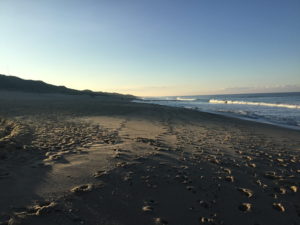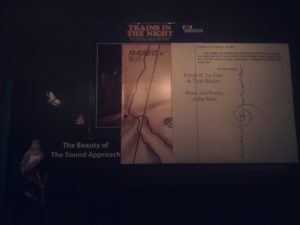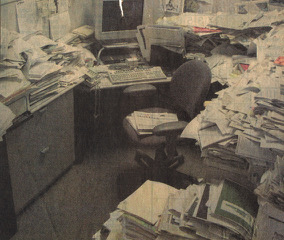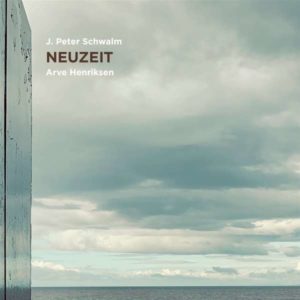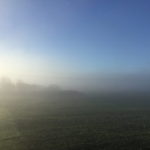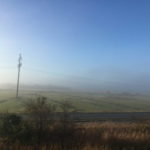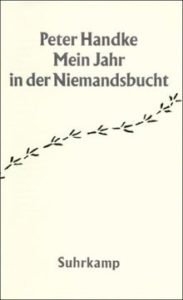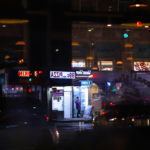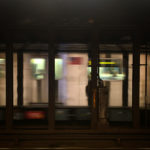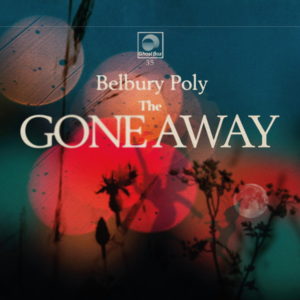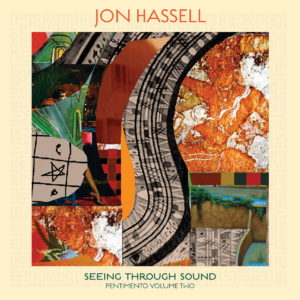Rantum Beach, Autumn 2020. Well, it‘s cold here, winter is comin‘, my big black coat does a good job, the lonesome beach chair, too.
If someone would approach me to write a book for 33 1/3 on a Brian Eno album, three would spring to mind at first. „On Land“ would be an obvious option, but, on the same level of interest, „Taking Tiger Mountain (By Stategy)“ and „Music for Films“ would be a labour of love. And this is not from the point of you of „iconic“ or „canonization“, but from the sheer pleasure of living with certain albums. I have lived with „Music for Films“ since it was released, and that album has never lost my interest. Why so?
My three questions for Brian (about the new compilation, and the old „classic“, for my Christmas radio show titled „horizons of sound“), turned out to be a kind of collection of thoughts, sidesteps, short film reviews, memories – so, in the end, I deliberately tried to stop writing to keep the stuff, well, a bit shorter at least … as an artist who loves to keep things minimal, my „epic approach“ might appear to him as an overdose in regards to a standard question catalogue. So again, why do I change into a storyteller mode when „Music for Films“ is on my mind?
Quite often in conversations, Brian speaks about wanting to make a music about places / worlds where he would like to live / be. This is a recurring thought, but one that leaves a lot of space to think about the nature of those places of yearning, or fantasy. I think, since its release I have listened to that record about 1.000 times. In the background, fully immersed. And I rarely have visual, or „cinematic“, fantasies. Okay, during the track „Events in dense fog“ I can imagine, well, events in dense fog (when thinking of the title). No mystery jungles do appear otherwise, no distant hills, no underwater worlds. I do much more connect with a certain (uncertain) range of emotions (not classified, never of clear meaning).
When the wonderful Richard Williams once upon a time wrote a review on the album in the „Melody Maker“, calling it „Modern Mood Music“, he made comparisons to miniatures (program music / piano pieces) by Claude Debussy – if I don‘t remember it wrong, one track like „Aragon“ made him think of the Frenchman‘s „The Sunken Cathedral“.
For sure, Eno didn‘t listen to any Debussy albums during the making of „Music for Films“. So, such sidesteps occur when artists from different times may dream about faraway places. It‘s common ground, part of the human DNA. As someone who never believed in a priority position of classical music, I was, at some time, looking for that Debussy stuff. Surely great music, but it didn‘t stay with me.
With their flair of „gifts of the moment“, with their melange of acoustic and electronic instruments, with their „anti-perfection spirit“, with their vague suggestions of „cinematic value“, I can just say: though it would be a one on/off experience of curiosity, I would never want to live with a virtuoso version of „Music for Films“ by The Arditti String Quartet or even Bang On A Can (though they did a touching version of Music for Airports, Laurie Anderson even called it „heartwrenching“ in regards to opem up a melancholic sphere in a piece of so-called „functional music“).
I love the fleeting, fugitive experiences of losing myself in the original, the old album with the monochromatic cover. (The new compilation is similarly addictive.) The tracks of his first album for imaginary films – every one of them – seem to vanish, nearly, in the moment of their first taking shape (blossoming). Like apparitions. That‘s why I often don‘t wanna miss a moment. Holding time. They are simply – said simply – too beautiful. And they make me, too, dream of places I wanna be, with the slight difference, those places are, most of the time, the rooms (spaces) exactly, where I am when the music plays. Here. Now.
In my mind at least, for now. Rantum Beach, Sylt. The lonesome beach chair. My long black coat. And, secret revealed, a psychedelic scarf around my neck, blue, red, orange, violet. Faraway places, coming close.
